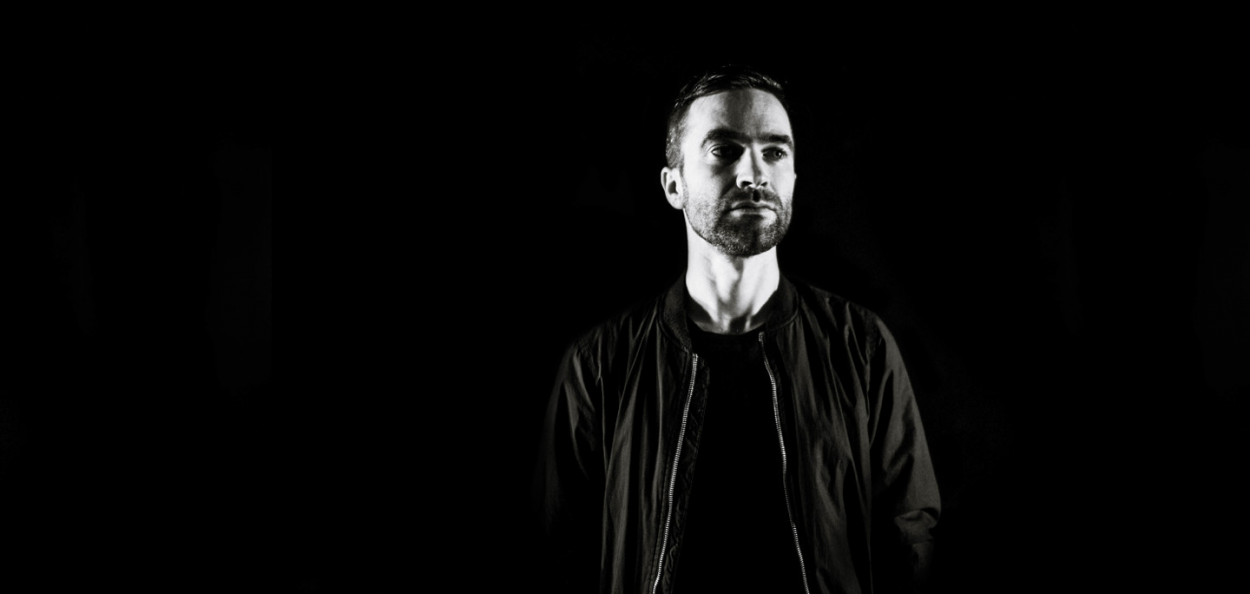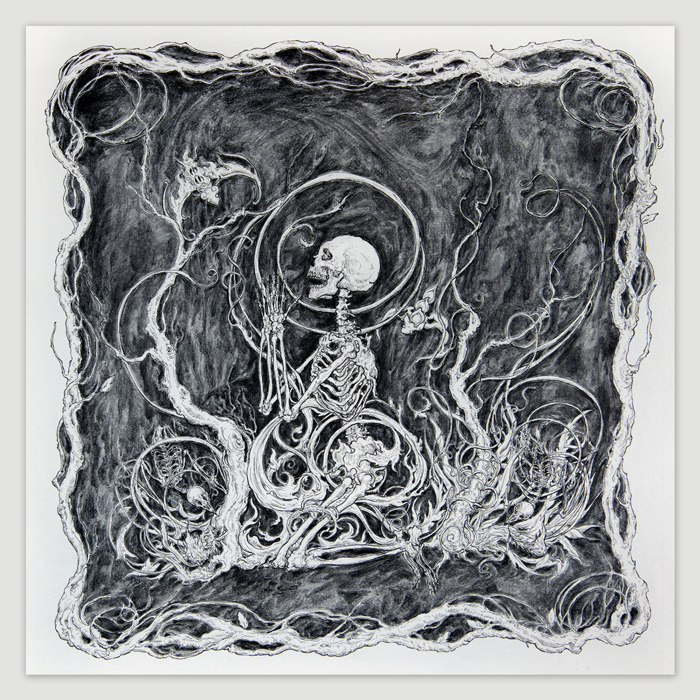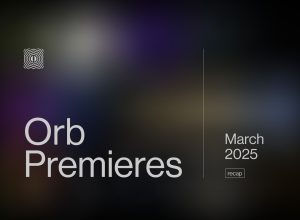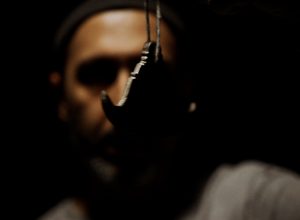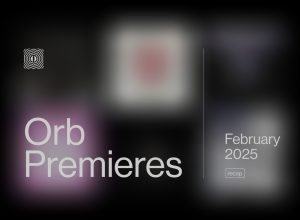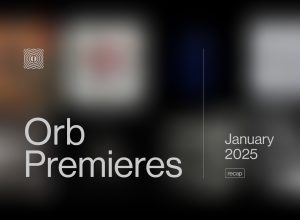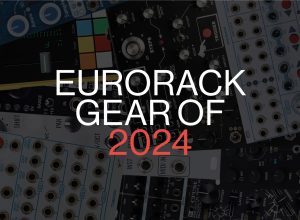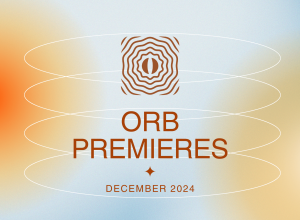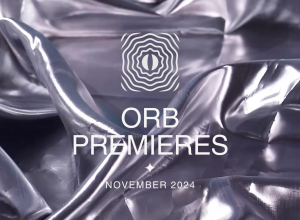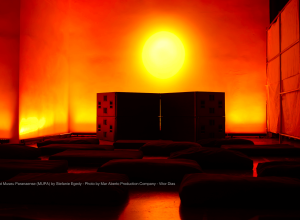Ian McDonnell AKA Eomac, also known as one half of electronic duo Lakker, is an artist, composer, producer, label owner and DJ based in Dublin, Ireland. He has released genre-spanning music via The Trilogy Tapes, Stroboscopic Artefacts, Bedouin Records, Killekill and recently launched his own Eotrax imprint. He is also one half of duo noeverything with producer and vocalist Laura Kilty (aka LAIR) and a number of other collaborations yet to see the light of day.
All of this activity has garnered support and attention from far afield, and Eomac can count the likes of Thom Yorke (who included a number of Eomac tracks in his Moon Shaped Pool release playlists), Surgeon, Nina Kraviz, and Aphex Twin among his many fans.
His Bedouin Trax LP in 2016 drew inspiration from obscure Middle Eastern music, digging deep into a dark mysticism for the dancefloor. Bedouin Trax part two is already in progress, and he has just released his new solo album Reconnect on Eotrax, in which he continues his exploration of the furthest reaches of physical, visceral music for body and soul. “Drawing influence from traditional Irish music, Haitian voodoo drumming, the raw old-school jungle of Source Direct and the abstract rhythms of Autechre, Eomac has crafted a dense, multi-layered and polyrhythmic exploration of percussion, texture and movement.”
To get to know more about the process of the album, Sergey Naumchik spoke with Ian McDonnell to learn more about his latest creation, Reconnect.
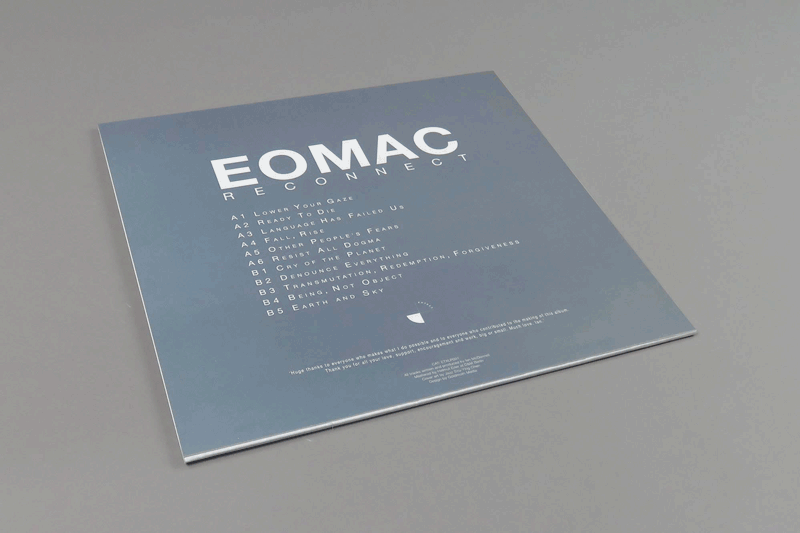
It’s no secret that the motifs of folk music play an important role in your arts. The new album Reconnect is the call to pay attention to the roots? Or on the contrary, the manifesto to create a new musical culture, new roots?
Eomac: It’s about reconnecting on a lot of levels, not just musical—reconnecting to nature, to the truth, to balance, to wildness, to spirit and spirituality. The idea of roots is interesting because there was also the sense of reconnecting to roots in the album for sure—reconnecting to my Irish roots. But with the intention of learning from that, and understanding it so I can move forward and create my own story from this point on. The idea of reconnecting to roots too, as you say, create new cultures, new ways of being. I’m not someone who wants to hold to tradition but we can learn from traditions and figure out what’s important to humanity and what is not. To figure out ways that might be more sustainable and nourishing for humankind as we progress.
In other words, you wanted to say that you can find harmony through the long path from the past to our days, reconnecting and collecting essential things inside your mind and soul. Do you think this formula works for all the people? Or no? There are many cultural and religious differences between nations.
E: I think all people are more similar than they are different. There are cultural and religious differences of course, but those differences are only in the details. People are essentially the same the world over. We all need the same things—love, connection, food, water, safety. I think in looking into traditions—folk music for example—you see those similarities and those very deep connections. Folk music from Ireland is very similar to folk music from Asia or Africa or Russia. Similar in its intention of expressing the everyday life of the people, and even similar in instrumentation and sometimes melodic and rhythmic motifs. The same goes for spiritual music.
Art and music are like a guide, and for me much more real than politics or religion in figuring out and pointing towards truth. The connections between all cultures through their art lead to a deep truth about humanity and the deep connections we all share. What I’m talking about in my album is not a formula, as you say above; it is more of a search. A search for these connections, a search for truth and shared humanity, and in particular in finding that both through connecting to our bodies and our spirit. And dance is a good way to do that!
It turns out that this album is more existential than social, it emphasises the person and his inner.
E: I hope that it’s both, as the music is rhythmical and the intention is also to move the body. And dancing can be social and introverted.
As with any art.
E: Yes!
